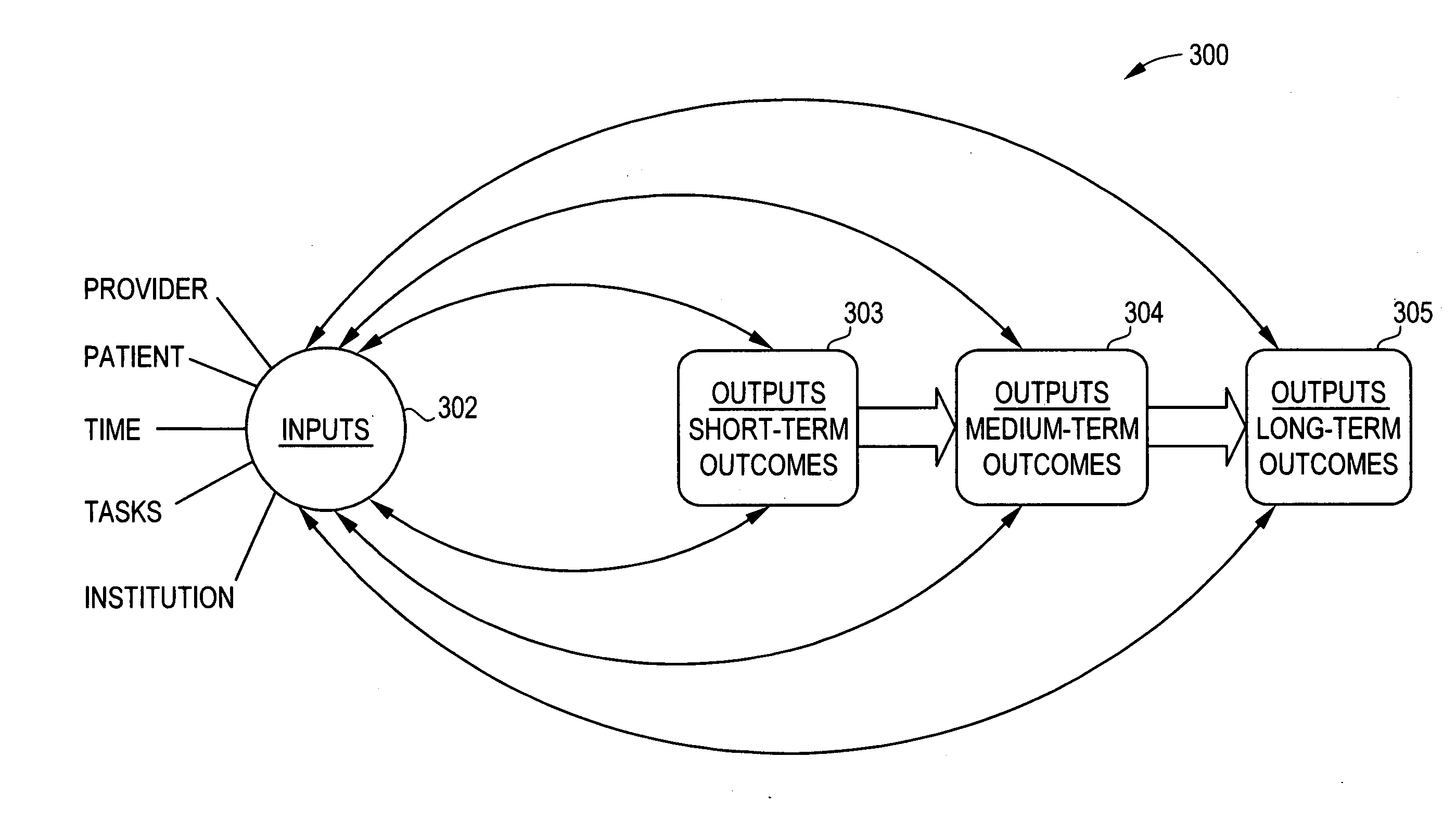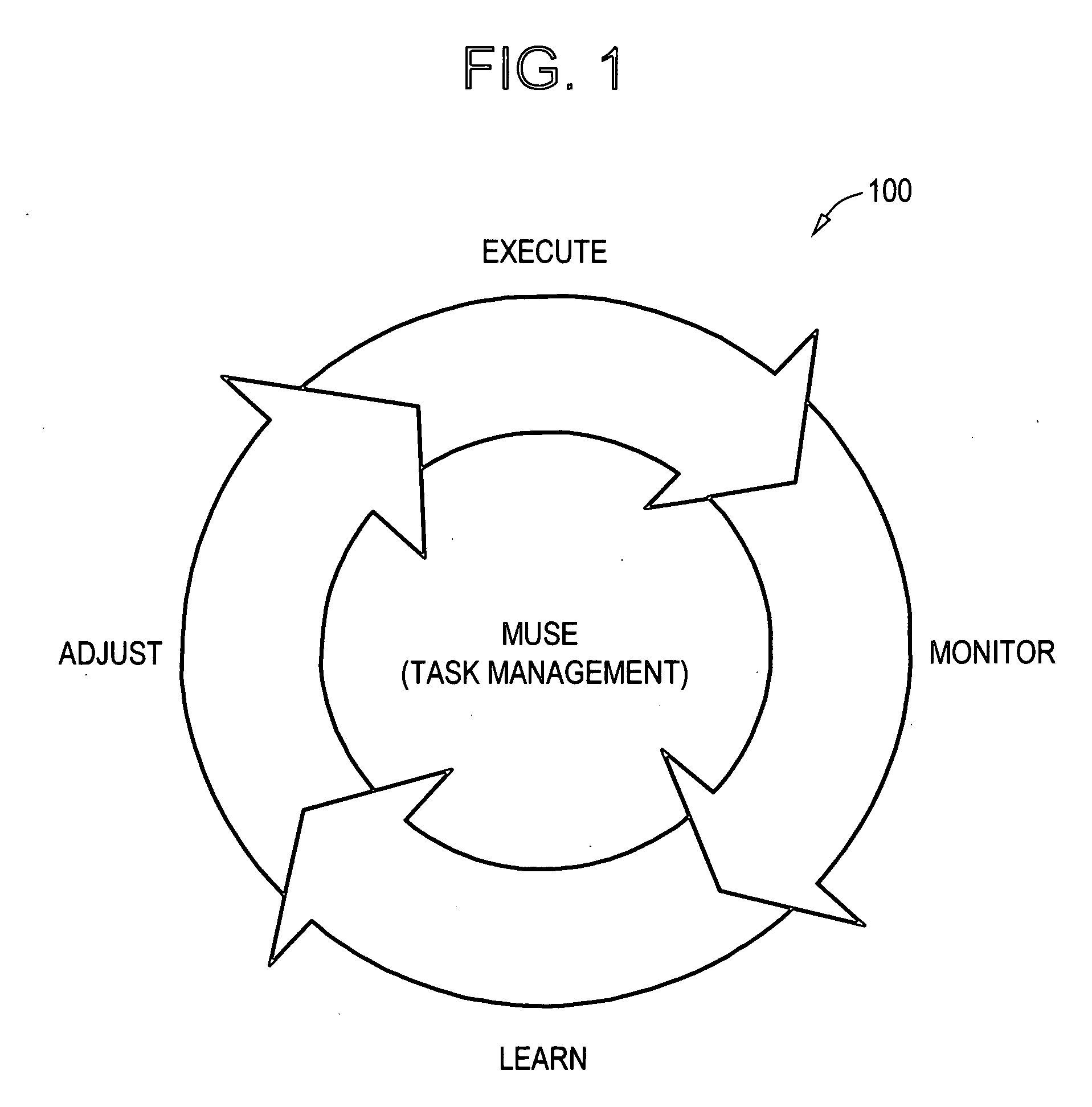These weaknesses persist despite continued efforts to address them.
One fundamental problem that curtails our ability to make improvements is that no known methods have been able to differentiate “good”
medical care from “poor” medical care.
In other words, there is very poor ability to predict how patients will do with specific interventions or a collection of interventions.
No coherent and comprehensive mechanism exists to bring about cost-effectiveness to our healthcare system because of this fundamental lack of transparency.
Although the United States may be one of the most advanced in technical
medicine (i.e. drugs, procedures, research), the infrastructure to measure effectiveness of such advances remains rudimentary at best.
While some innovations may be inexpensive, most are costly and are adding quickly to the total costs of care.
In fact, technological developments have led to expanded treatment and higher costs; and future growth likely will accelerate that trend.
Without a better understanding of how
clinical care is directly associated with patient outcomes; and how administrative decisions, insurance stipulations, and
treatment options interact to predict outcomes, the ability to create a cost-effective system will remain difficult to achieve.
This inability to differentiate good quality care also prevents us from creating valid cost-constraints on a system that seems to grow interminably.
Currently, healthcare is considered to be one of the most inefficient industries.
Manufacturing and other industries, however, have simpler linear processes and lack complex multivariate conditions as prevalent in healthcare.
Ultimately, such industrial techniques have failed to be adopted due to such limitations.
Healthcare, as a complex
adaptive system (CAS), has many qualities that make it difficult to integrate linear quality improvement techniques (as is done in simpler systems such as manufacturing).
“Reductionist” approaches to improving efficiency oversimplify the healthcare process and hence have not been broadly utilized by healthcare.
Issues unrelated to the patient-doctor relationship further complicate matters.
Patients may have poor access to services.
Many cannot afford care, and seek it only when
disease has significantly progressed.
Few interventions, if any, incorporate such complexities of a multivariate healthcare system.
It does not manage the “work” aspects of care, and in fact, many users complain that it slows down their work.
The use of IT in healthcare has failed to optimize work and has very little to no connection to improved patient outcomes.
Other IT systems (e.g. computerized physician
order entry), in fact, have unfortunately been associated with having a negative
impact on outcomes (e.g. a notable increase
in patient medical errors).
Regrettably, healthcare lacks a comprehensive infrastructure to manage execution of work, measure such work in detail, and provide feedback mechanisms to improve that work.
Although methodologies and infrastructure have been used in other industries, the complexities of healthcare have prevented any easy fix.
There is no solution to date that can reproducibly and measurably improve efficiency or outcomes.
Thus, the problems of healthcare seem to grow infinitely in terms of costs.
The current healthcare system is cost-driven rather than cost-efficiency driven.
The lack of cost-effective mechanisms forces decisions to be made purely on costs rather than the true effectiveness of an intervention.
Such recurrences would likely cost more than the $900 that we currently thought we saved.
Current
health information technology has not integrated any cost-effective mechanisms as thus described.
Unfortunately, existing information systems have only rudimentary capability in capturing multivariate data, and hence have shown little ability to reduce costs, and have had no impact on outcomes.
It was not designed to manage real-time care, as when doctors see and treat patients in person, nor was the system developed to collect the rich data needed to build better predictive models.
The tools may allow the doctor to initiate the task, but never manage the task in detail nor do such systems capture specific patient responses to interventions.
Other system-wide problems that preclude healthcare from being cost-effective include major weaknesses in feedback methods.
Feedback mechanisms in healthcare tend to use aggregated general data (rather than specifics that show actionable feedback at the individual patient level), are delayed (often several months old), and are not provided at the
point of care (at the point where the patient is being treated).
Current
information technology tools do not have appropriate feedback mechanisms to provide detailed analysis to use in refining healthcare delivery.
 Login to View More
Login to View More  Login to View More
Login to View More 


